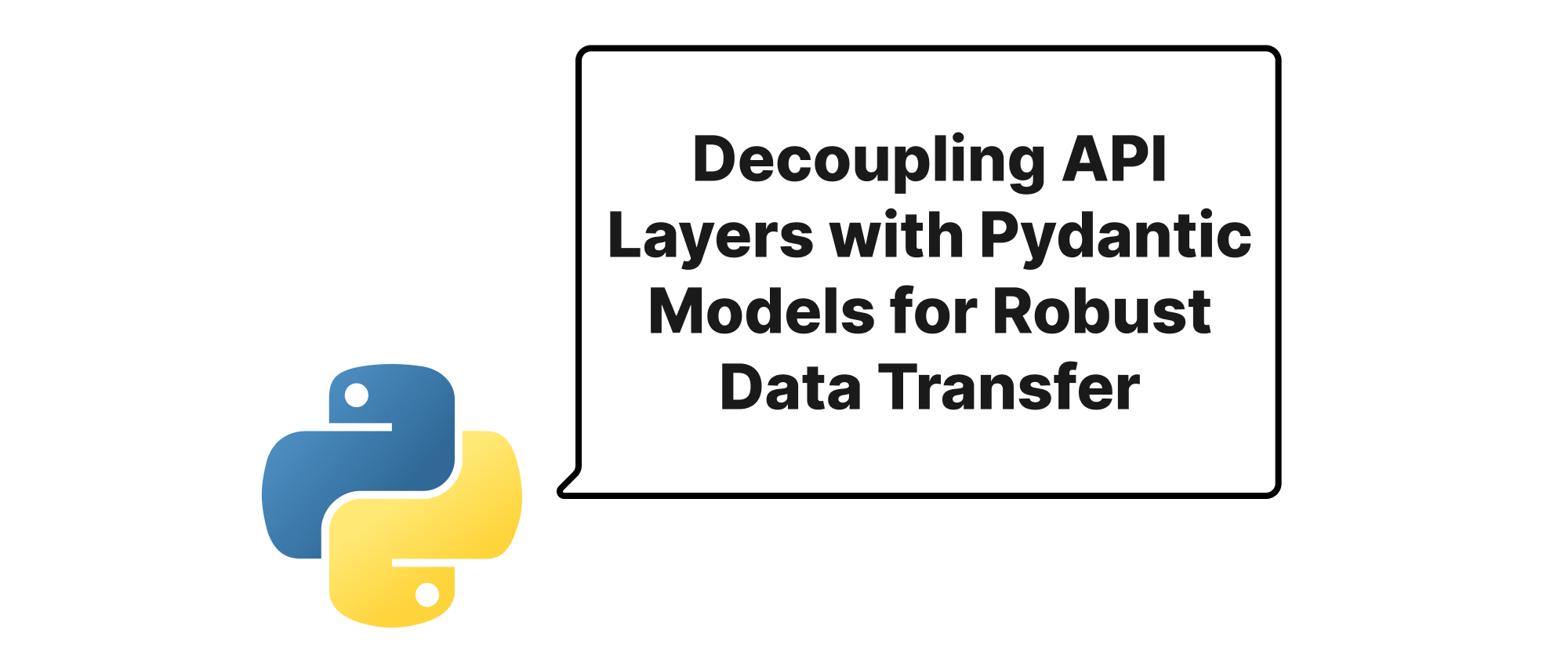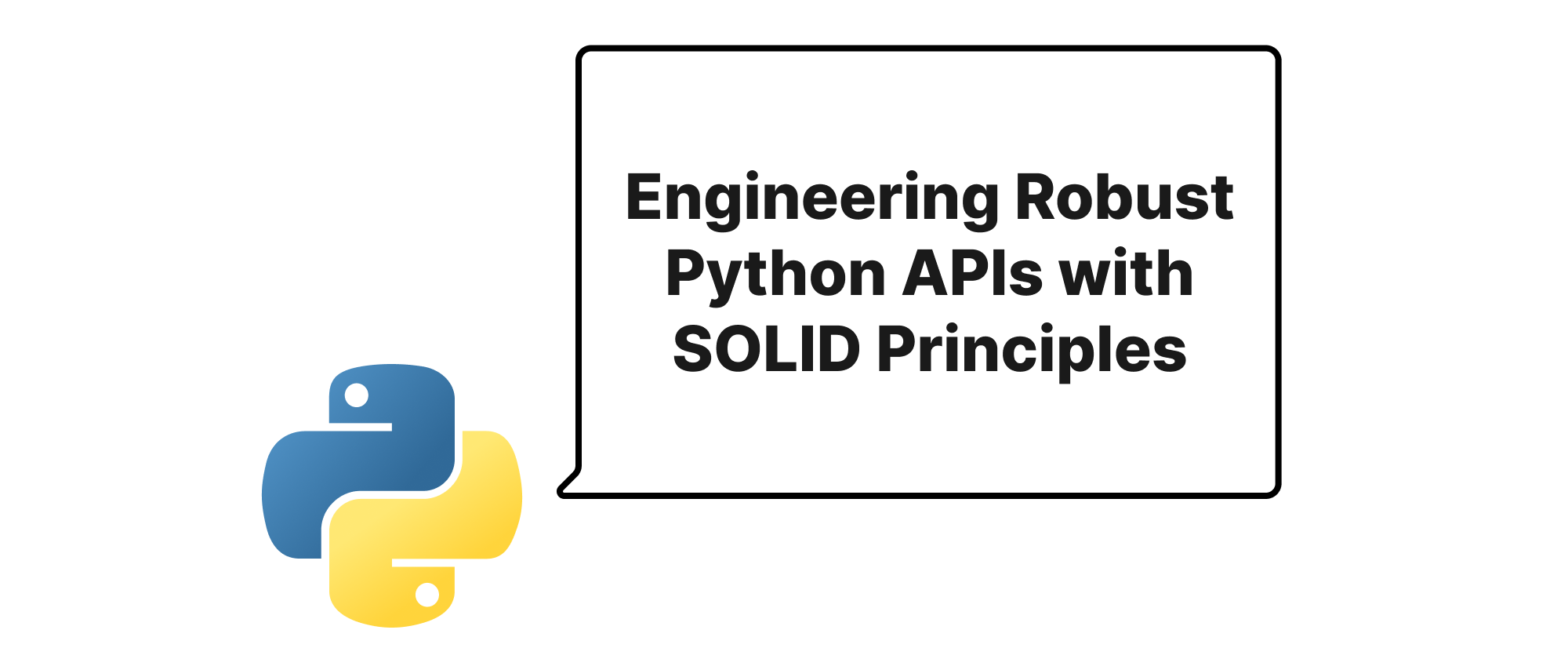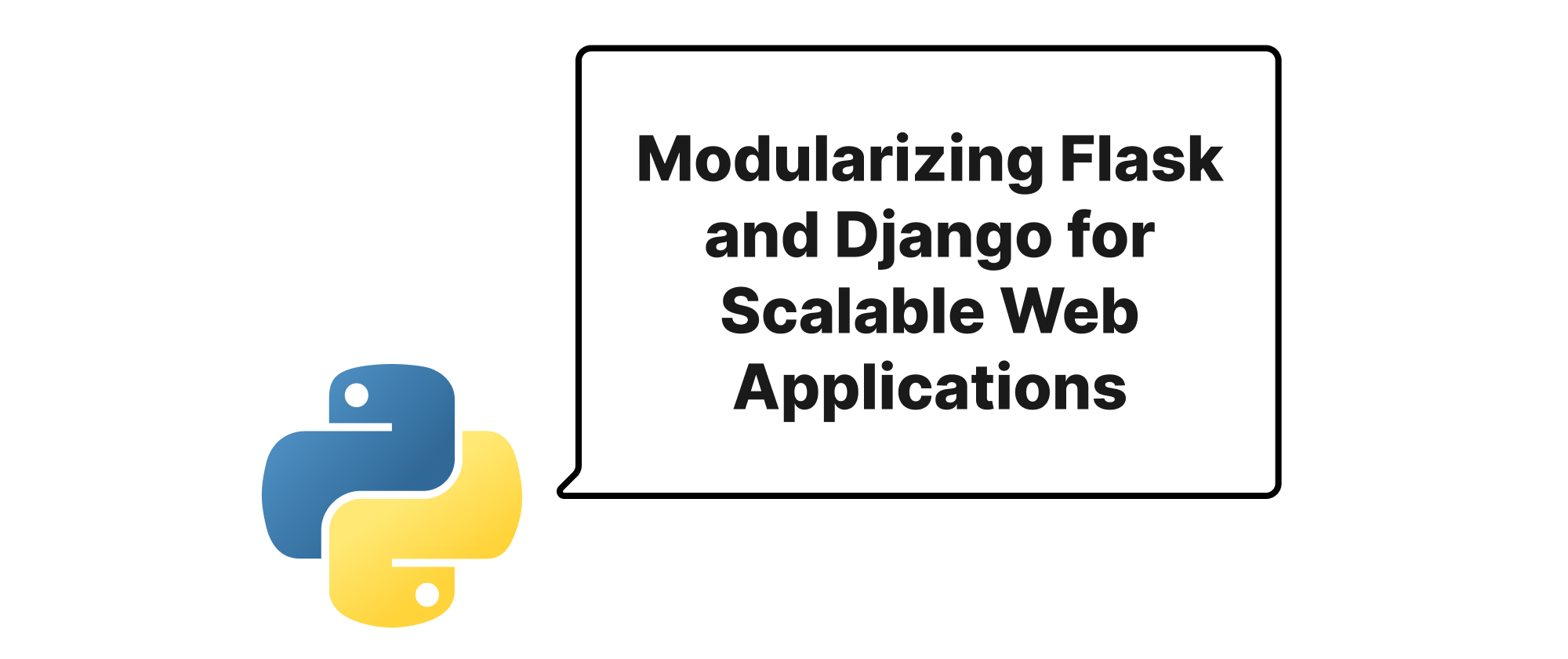Decoupling API Layers with Pydantic Models for Robust Data Transfer
Min-jun Kim
Dev Intern · Leapcell

Introduction
In the intricate world of modern software development, building robust and maintainable APIs is paramount. As applications grow in complexity, the challenge of managing data flow between different layers intensifies. A common pitfall is tightly coupling your API's data contracts directly to your database's ORM (Object-Relational Mapping) models. While seemingly convenient at first, this approach often leads to numerous issues, including security vulnerabilities, reduced flexibility, and increased maintenance overhead. This essay will delve into how Pydantic models can be leveraged as potent Data Transfer Objects (DTOs) in Python APIs, offering a clear and elegant solution to decouple the API layer from ORM models. By embracing this pattern, developers can achieve greater control over data exposure, enhance validation, and pave the way for more resilient and scalable applications.
Understanding the Core Concepts
Before we dive into the practical application, let's clarify some fundamental terms crucial to our discussion:
- API (Application Programming Interface): A set of defined rules that allows different software applications to communicate with each other. In a web context, it typically defines how clients (e.g., web browsers, mobile apps) interact with a server's resources.
- ORM (Object-Relational Mapping): A programming technique that converts data between incompatible type systems, such as object-oriented programming languages and relational databases. ORMs allow developers to interact with a database using objects and methods instead of raw SQL queries. Examples include SQLAlchemy, Django ORM, and Peewee.
- DTO (Data Transfer Object): An object that carries data between processes. Its primary purpose is to encapsulate data for transfer, often between different architectural layers of an application. DTOs typically do not contain any business logic but focus solely on data representation.
- Pydantic: A Python library for data validation and settings management using Python type hints. It allows you to define data schemas as Python classes, providing robust validation, serialization, and deserialization capabilities out of the box.
The core problem we're addressing arises when an ORM model, designed for database interaction, is directly exposed as the API's data contract. This introduces several challenges:
- Over-exposure of Data: ORM models often contain sensitive fields or internal database-specific details that should not be exposed to the public API.
- Tight Coupling: Changes to the database schema directly impact the API contract, even if the API's requirements haven't changed. This makes independent evolution of the database and API difficult.
- Lack of Input Validation: ORM models primarily focus on data persistence, not robust input validation for API requests.
- Security Concerns: Exposing ORM models directly can open doors to mass assignment vulnerabilities if not carefully managed.
The Power of Pydantic as a DTO
Pydantic models shine as DTOs because they allow us to define clear, explicit data schemas for our API requests and responses. These schemas are independent of our ORM models, providing the desired decoupling.
How Pydantic Decouples
The principle is straightforward:
- API Input (Request Body): When a client sends data to the API, we validate and parse it using a Pydantic model specifically designed for the API's input requirements. This model defines exactly what data the API expects and ensures its correctness.
- API Output (Response Body): Before sending data back to the client, we transform our ORM model instances into a Pydantic model optimized for the API's output. This allows us to select which fields to expose, rename fields, or apply any necessary formatting.
Practical Implementation with Code Examples
Let's illustrate this with a simple scenario involving a User entity.
First, imagine we have an ORM model (using SQLAlchemy for this example, but the principle applies to any ORM):
# orm_models.py from sqlalchemy import Column, Integer, String, Boolean from sqlalchemy.ext.declarative import declarative_base Base = declarative_base() class User(Base): __tablename__ = "users" id = Column(Integer, primary_key=True, index=True) username = Column(String, unique=True, index=True) email = Column(String, unique=True, index=True) hashed_password = Column(String) # This should never be exposed via API directly is_active = Column(Boolean, default=True) created_at = Column(String) # Example of a database specific field
Now, let's define our Pydantic DTOs for input and output:
# schemas.py from pydantic import BaseModel, Field, EmailStr from typing import Optional # Pydantic DTO for creating a new user (input) class UserCreate(BaseModel): username: str = Field(..., min_length=3, max_length=50) email: EmailStr password: str = Field(..., min_length=8) # Notice we don't include 'id', 'hashed_password', 'is_active', 'created_at' as input # Pydantic DTO for updating an existing user (input) class UserUpdate(BaseModel): username: Optional[str] = Field(None, min_length=3, max_length=50) email: Optional[EmailStr] = None is_active: Optional[bool] = None # Pydantic DTO for reading user data (output) class UserInDB(BaseModel): id: int username: str email: EmailStr is_active: bool # We explicitly exclude 'hashed_password' and 'created_at' from the API response class Config: orm_mode = True # Allows Pydantic to read directly from ORM models # even if field names are different or types need coercion.
Next, let's see how these are used in an API endpoint (using FastAPI for conciseness, but the concept is transferable):
# main.py (API endpoint example) from fastapi import FastAPI, Depends, HTTPException, status from sqlalchemy.orm import Session from . import orm_models, schemas # Assuming these are in the same package from .database import engine, get_db # Your database setup # Create database tables orm_models.Base.metadata.create_all(bind=engine) app = FastAPI() # Dependency to get database session def get_db_session(): db = get_db() try: yield db finally: db.close() @app.post("/users/", response_model=schemas.UserInDB, status_code=status.HTTP_201_CREATED) async def create_user(user: schemas.UserCreate, db: Session = Depends(get_db_session)): # 1. Validate input using Pydantic DTO (FastAPI does this automatically) # The 'user' object is already validated according to UserCreate schema # 2. Hash password (business logic, not part of DTO) hashed_password = f"super_secure_hash_of_{user.password}" # Replace with actual hashing # 3. Create ORM model instance from validated DTO data db_user = orm_models.User( username=user.username, email=user.email, hashed_password=hashed_password, is_active=True, # Default value, could also be in DTO if needed created_at="2023-10-27" # Example: database takes care of this ) db.add(db_user) db.commit() db.refresh(db_user) # Refresh to get auto-generated ID # 4. Transform ORM model back to Pydantic DTO for response # Pydantic's `orm_mode = True` makes this seamless return db_user @app.get("/users/{user_id}", response_model=schemas.UserInDB) async def read_user(user_id: int, db: Session = Depends(get_db_session)): db_user = db.query(orm_models.User).filter(orm_models.User.id == user_id).first() if db_user is None: raise HTTPException(status_code=404, detail="User not found") # Pydantic's `orm_mode = True` handles the conversion for the response return db_user @app.put("/users/{user_id}", response_model=schemas.UserInDB) async def update_user(user_id: int, user_update: schemas.UserUpdate, db: Session = Depends(get_db_session)): db_user = db.query(orm_models.User).filter(orm_models.User.id == user_id).first() if db_user is None: raise HTTPException(status_code=404, detail="User not found") # Update ORM model from the Pydantic DTO's data update_data = user_update.dict(exclude_unset=True) # Get only fields that were actually provided for key, value in update_data.items(): setattr(db_user, key, value) db.add(db_user) db.commit() db.refresh(db_user) return db_user
Benefits and Application
By using Pydantic DTOs, we achieve:
- Clear Separation of Concerns: The
UserORM model is focused on database persistence, whileUserCreate,UserUpdate, andUserInDBare focused on API data contracts. - Enhanced Security: Never directly expose internal ORM fields like
hashed_passwordor internalcreated_attimestamps to the API. DTOs act as a whitelist for what data goes in and out. - Robust Data Validation: Pydantic automatically validates incoming request bodies against the defined schemas. This includes type checking, field constraints (min_length, max_length), and custom validators.
- Improved Maintainability: Changes to the database schema (e.g., adding a new ORM field) won't automatically break your API, as long as your DTOs remain stable. Conversely, changes to API requirements (e.g., adding an optional field) only impact the relevant DTO.
- Better Readability: The API contracts are clearly defined and self-documenting through the Pydantic models.
- Flexibility: You can easily transform data between ORM models and DTOs, tailoring the data to the specific needs of the API consumer. For example, you might have different
UserInDBmodels for an admin API versus a public API. - Automatic Documentation: Frameworks like FastAPI can automatically generate OpenAPI (Swagger) documentation directly from your Pydantic schemas, providing accurate and up-to-date API specifications.
This pattern is applicable across various applications, from simple microservices to complex enterprise systems, ensuring consistent data handling and a clean architectural separation.
Conclusion
The judicious use of Pydantic models as Data Transfer Objects is a powerful architectural pattern for building Python APIs. By establishing a clear boundary between your application's API layer and its ORM models, you gain significant advantages in terms of security, validation, flexibility, and maintainability. This decoupling ensures that your API contracts are explicit, protected, and independent, leading to more robust and scalable software solutions. Ultimately, Pydantic empowers developers to craft APIs that are not only performant but also a joy to build and evolve.


